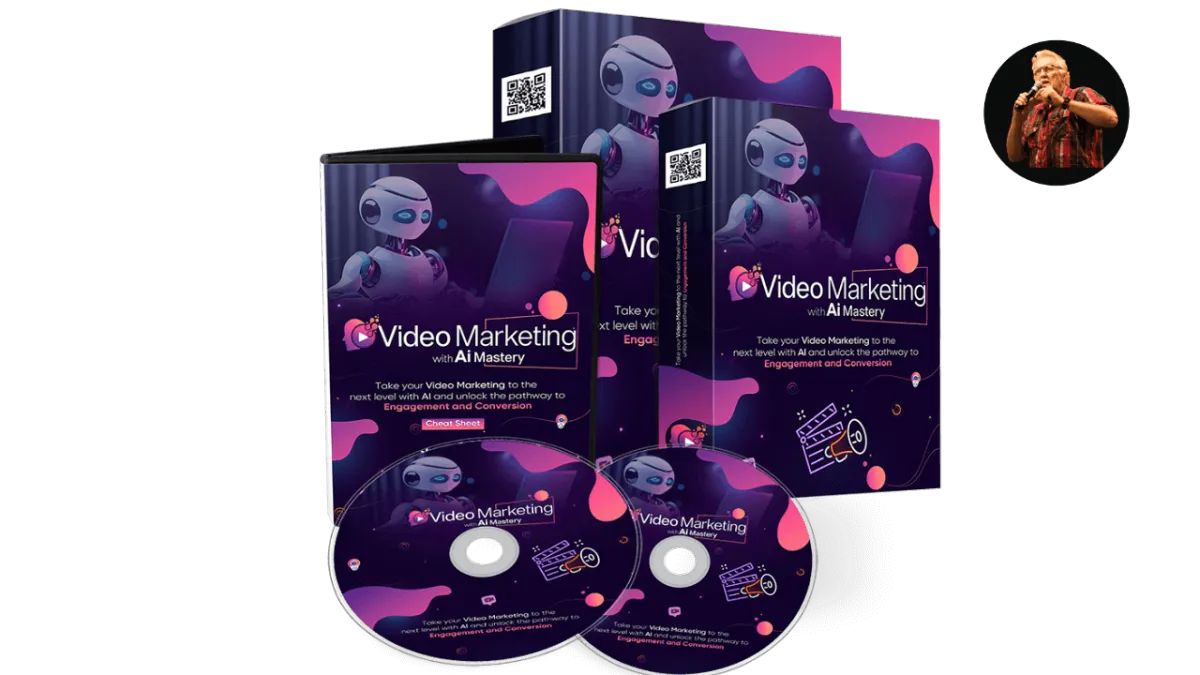
Vancouver, Canada
Mon - Fri 10:00 - 18:00




BLOG
Content to help you, the learner, in understanding the information delivered in our courses.

EA1 Agile Worked. Now It's Time for Something Faster
"Agile Worked. Now It's Time for Something Faster."
The Problem Agile Solved—And The New Problem We Face
Twenty years ago, software development was drowning in documentation, rigid waterfall timelines, and projects that took years to deliver anything meaningful. Then came the Agile Manifesto in 2001, and everything changed.
Agile gave us adaptability. It taught us to respond to change instead of following inflexible plans. It championed early and frequent delivery over waiting months for a "big bang" release. Teams became self-organizing, collaborative units instead of siloed departments passing work over walls.
Frameworks like Scrum and Kanban revolutionized how thousands of organizations built products. We moved from predict-and-plan to inspect-and-adapt. The results were undeniable: faster time-to-market, happier customers, and more engaged teams.

But Here's the Catch
Agile was a human-centered revolution. And that's both its strength and its limitation.
Every sprint planning session requires manual facilitation. Every backlog refinement meeting demands hours of discussion. Every line of code is written by human hands. Every test is designed and executed by people who need sleep, coffee breaks, and weekends.
Agile made us faster—but only as fast as humans can move.
And in 2025, that's no longer fast enough.
The Market Has Changed
While your team is finishing a two-week sprint, competitors are experimenting with AI that can generate, test, and deploy features in hours. While you're manually updating Jira boards, other organizations have AI agents tracking blockers in real-time and suggesting solutions before standup even begins.
The question isn't whether Agile still works. It does. The question is: Can traditional Agile keep pace with what's possible today?
Enter Extreme Agile
Jeff Sutherland, co-creator of Scrum, has been asking himself the same question. His answer? We need to evolve Agile again—and this time, AI isn't just a tool supporting the team. It becomes a member of the team.
He calls this vision "Extreme Agile," and he believes it can make teams 30 times faster.
Not 30% faster. Thirty times faster.
That means delivering in weeks what once took months. Completing in days what once took weeks. It sounds impossible—until you understand what happens when AI joins the Scrum team.

What's Next?
In this series, we'll explore exactly what Extreme Agile means, how Jeff Sutherland arrived at his "30x faster" claim, and what it looks like in practice when AI becomes your pair programmer, your documentation writer, your blocker detector, and your backlog analyst.
Traditional Agile was step one. Extreme Agile is step three. And the organizations that understand this shift before 2030 will be the ones that survive.
Coming up in Part 2: Who is Jeff Sutherland, and why does his vision of AI-enhanced Scrum matter more than ever?
Check out our first course on Extreme Agile: Click Here For The Course
Find Your Perfect Course
Check Out Some Of Our Most Popular Courses Below

Video Marketing With A.I. Mastery

The Pinterest Marketing Playbook

Capture Your Visuals With Canva

The Sales Funnel Playbook With Systeme.io
Join Our Community
Enter your email address to register to our newsletter subscription delivered on a regular basis!

Register To Be Added To Our List To Receive Our Monthly Newsletter

Copyright: Alphatrend International 2023 | All Rights Reserved

